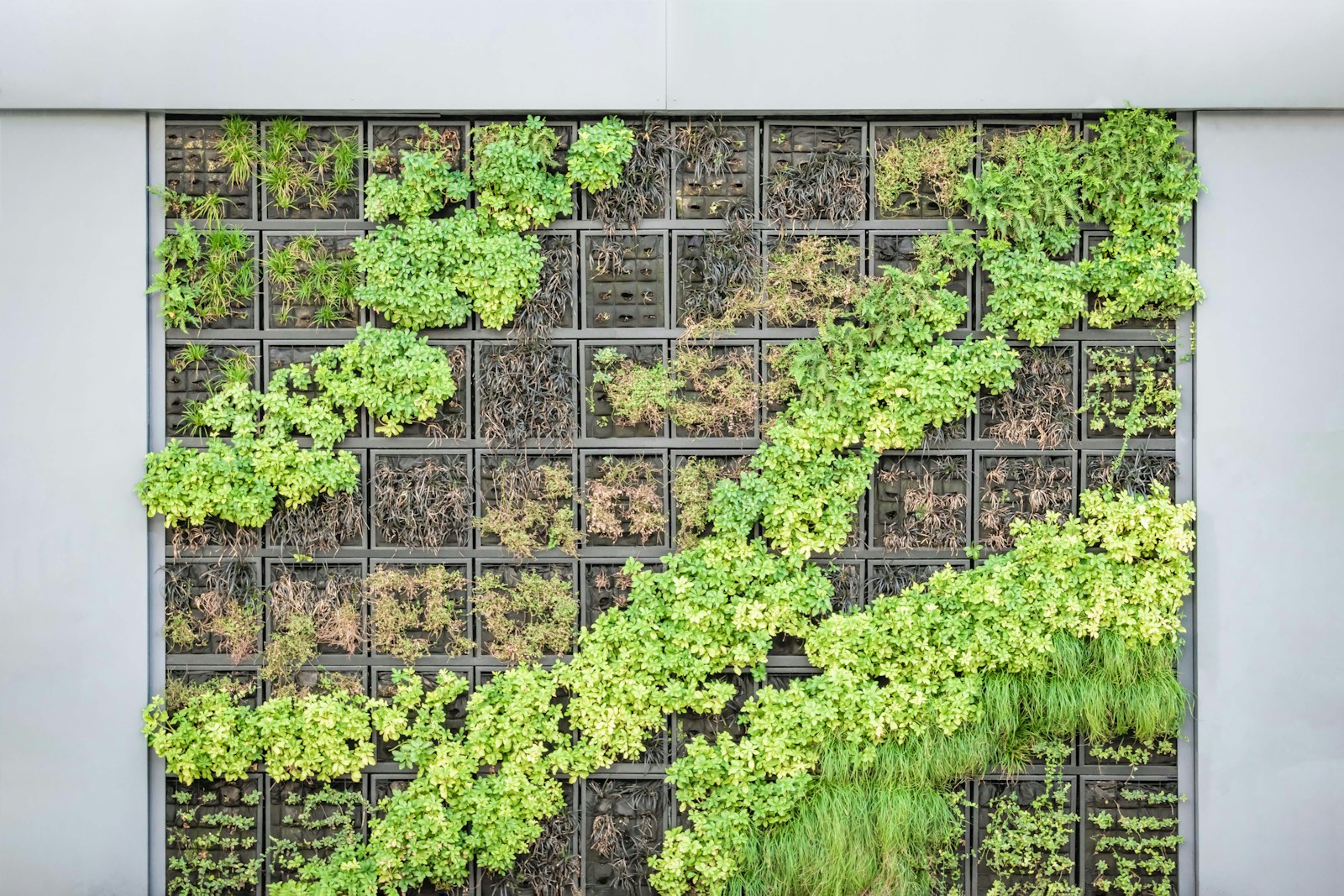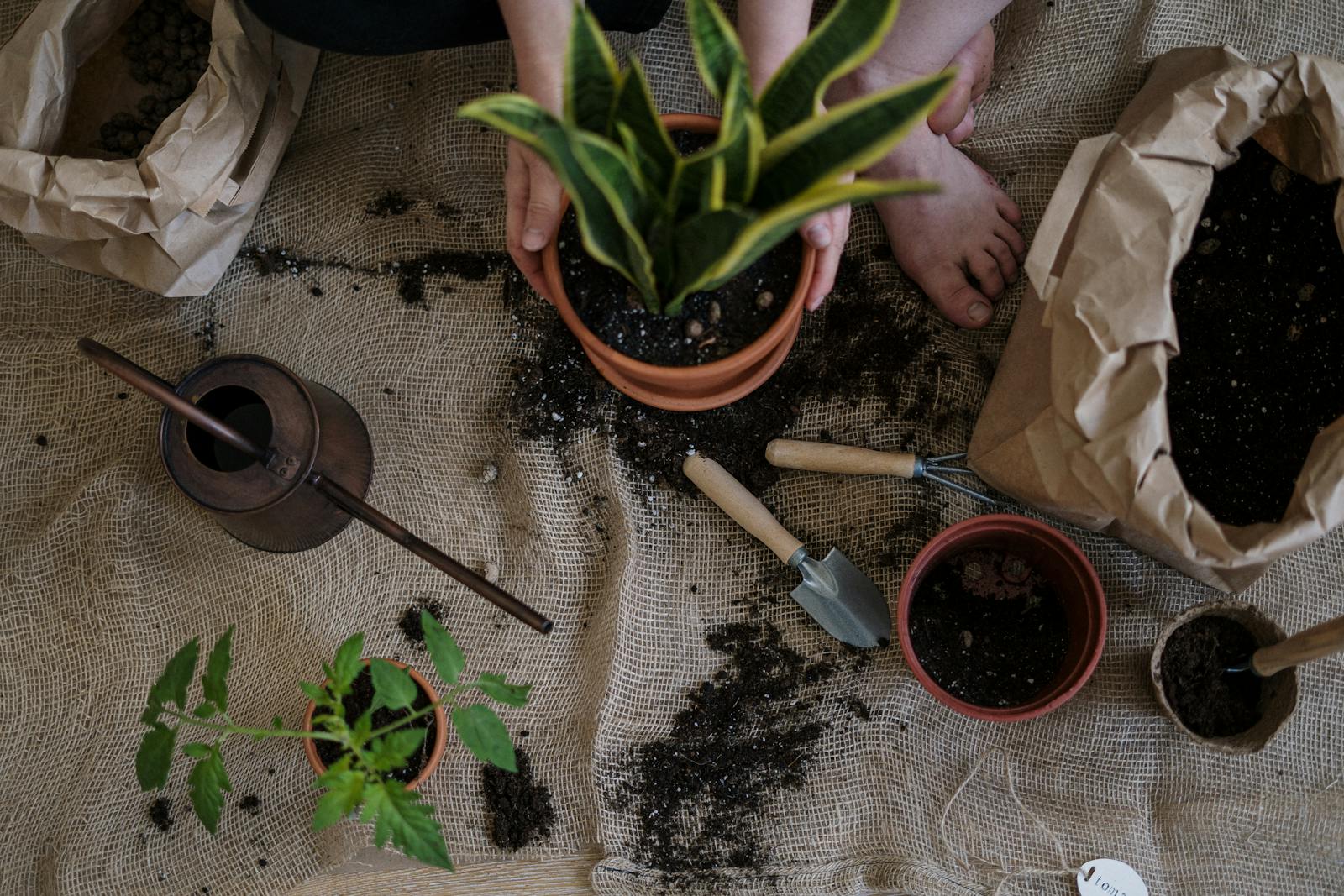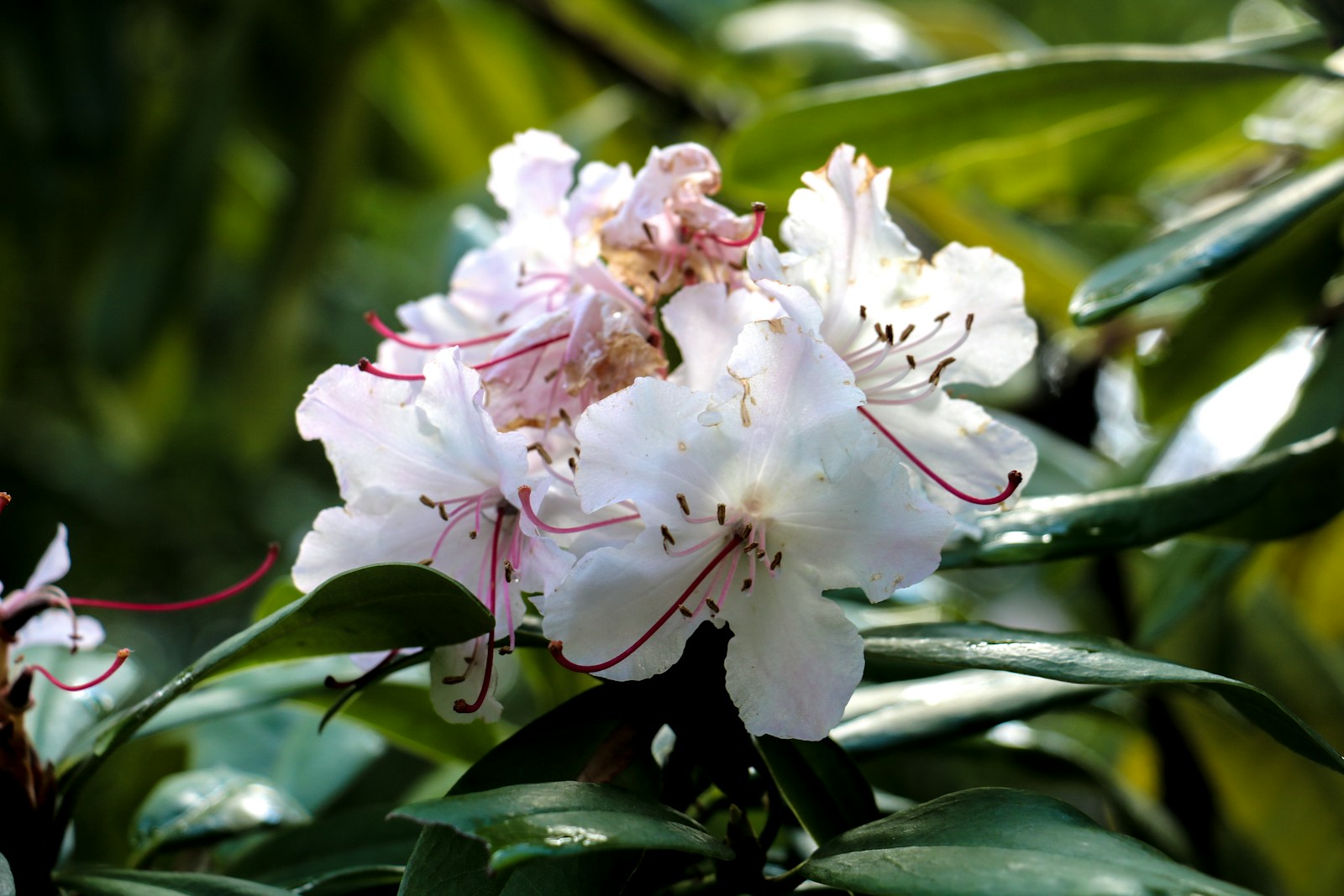Vertical Gardening Ideas for Urban Spaces
Why Go Vertical in Small Urban Gardens
Vertical gardening maximizes growing space in compact city settings. With limited ground area, growing up instead of out allows urban gardeners to cultivate more plants without crowding walkways or patios.
This approach is perfect for balconies, rooftops, or tight alley gardens. By using walls, railings, and supports, you can create green walls filled with herbs, vegetables, and flowers—even in the heart of a concrete jungle.
Going vertical improves access to sunlight, boosts air circulation, and turns blank surfaces into thriving plant displays that beautify and purify the air around you.
Wall-Mounted Planters and Pocket Systems
Wall-mounted planters and fabric pocket systems are among the most popular vertical gardening solutions. They attach directly to fences, brick walls, or railing frames, offering space for herbs, succulents, or trailing blooms.
These options are lightweight, modular, and easy to rearrange seasonally. Use them to grow leafy greens near your kitchen door or brighten a blank wall with colorful annuals. Most systems are also easy to water and maintain with minimal fuss.
To prevent wall damage, ensure proper drainage and use waterproof backings if needed. Well-designed systems enhance both form and function in tight quarters.
Using Trellises for Climbing Plants
Trellises are classic vertical gardening tools that support climbing plants like peas, cucumbers, clematis, or morning glories. Made from wood, metal, or netting, they can be mounted to walls or anchored in containers for flexibility.
In urban settings, trellises add vertical interest and double your planting area. Use them to create privacy screens, define spaces, or direct foot traffic around garden zones.
Choose compact or vining varieties that suit your climate and container size. Regular pruning and training help keep plants lush and manageable throughout the season.
Stacked and Tiered Container Solutions
Stacked planters, vertical towers, and multi-level containers make smart use of vertical real estate. These systems often rotate or interlock, allowing for dense planting in minimal space.
They’re ideal for herbs, strawberries, or small greens. Many units include built-in watering systems, making maintenance easier for busy urban growers.
Use tiered containers near entryways or patios for a dynamic garden look that’s both efficient and visually appealing. These modular options suit renters, too, since they require no permanent installation.
Repurposing Furniture and Household Items
Creative gardeners often turn bookshelves, ladders, or old pallets into vertical planters. These upcycled solutions are budget-friendly and lend character to urban gardens with a personal touch.
Line shelves with waterproof trays, secure pots in crate tiers, or hang mason jars along window frames. Add casters for mobility or paint elements to match your decor style.
With a little imagination, nearly any household item can become a vertical growing system—saving space while adding charm to your green retreat.
Installing Railing and Balcony Systems
Railings provide a built-in opportunity for vertical gardening. You can attach narrow planter boxes, hanging baskets, or shelf units to take advantage of unused railing space on balconies or porches.
Choose containers with locking brackets or hooks that ensure safety and stability. Mix cascading plants like ivy or sweet potato vine with upright growers for a lush, layered effect.
This setup brings greenery up to eye level, creating a natural barrier and adding privacy without compromising valuable floor space.
Green Walls and Living Screens
Green walls—also known as living walls—turn blank structures into vertical meadows. These systems support a dense array of plants in mounted trays, felt pockets, or hydroponic frames, often with built-in irrigation.
Use them as focal points on patios or to divide outdoor areas in shared urban spaces. Green walls are ideal for ferns, succulents, mosses, or small tropicals that thrive in close quarters with steady moisture.
They not only boost visual impact but also help filter air, reduce noise, and lower ambient temperatures in densely built areas.
Choosing Plants Suited for Vertical Growth
Not every plant adapts well to vertical gardening. Choose species that are either naturally vining, compact, or shallow-rooted. Herbs like thyme and oregano, trailing flowers like nasturtiums, and climbers like beans or passionflower all thrive vertically.
Succulents are perfect for vertical frames and wall pockets due to their shallow roots and low maintenance needs. Meanwhile, dwarf varieties of vegetables and fruit can be trained to grow upright with supports or cages.
Match your plant selection to the structure’s exposure and capacity to ensure healthy, long-term success.
Incorporating Edibles into Vertical Designs
Urban gardeners can easily integrate food crops into vertical systems. Use wall pockets for salad greens, trellises for tomatoes, or grow towers for strawberries and herbs.
Compact vegetables like lettuce, peppers, and bush beans are particularly well-suited to vertical containers and hanging baskets. With good drainage and regular feeding, they yield fresh, flavorful harvests even in tiny courtyards.
This edible focus brings practicality to your vertical garden and makes daily harvesting a delight right outside your door or window.
Designing for Microclimates and Sun Exposure
Vertical gardens often create their own microclimates. Shade-loving plants thrive in lower or inner tiers, while sun-lovers perform best at the top or on the outer edges. Observe how light hits your space and adjust layout accordingly.
Use reflective surfaces or light-colored walls to amplify sunlight. Alternatively, install shade cloth for delicate varieties in overly bright settings.
Smart positioning and layering let you tailor each section of your garden to its ideal conditions, resulting in healthier plants and more vibrant displays.
Watering Techniques for Vertical Gardens
Vertical gardens often dry out faster than ground beds due to gravity and sun exposure. Use drip irrigation, self-watering systems, or slow-release watering spikes to ensure consistent moisture from top to bottom.
Always water from the top to encourage even distribution. For pocket planters or stacked pots, check lower tiers regularly—they’re often the first to dry out or get waterlogged depending on drainage design.
Monitoring soil moisture and adjusting your schedule keeps your vertical garden thriving with minimal stress on your plants.
Combining Texture and Color for Impact
Vertical gardening adds structure, but it can also be incredibly artistic. Use plants with contrasting textures and colors to create depth and movement. Combine trailing vines, bold-leaved tropicals, and soft mounding herbs for a balanced visual experience.
Incorporate color schemes based on season, mood, or your outdoor decor. Repeating hues throughout different levels or wall segments unifies the garden and boosts aesthetic appeal.
This creative layering transforms a practical planting system into a living mural that enhances your outdoor space year-round.
Maintaining Vertical Structures Over Time
Regular upkeep ensures your vertical system remains both safe and beautiful. Check support structures for wear, especially in weather-exposed areas. Tighten loose fastenings and replace rusted parts as needed.
Clean planters between seasons to prevent mold or disease. For fabric systems, consider periodic deep-cleaning or replacement. Plants may need trimming or rotating to prevent overgrowth and preserve airflow.
With ongoing attention, your vertical garden stays functional, fresh, and ready to adapt as your space or plant needs change.
Seasonal Adjustments for Year-Round Use
Adapt your vertical system to suit each season. In spring and summer, use annuals and fast-growing edibles. For fall, switch to ornamental kale, pansies, or cool-weather greens. In winter, evergreen herbs and hardy succulents provide interest and structure.
Move portable systems indoors or to sheltered areas in extreme weather. Insulate containers or add protective cloths to buffer against frost. Many vertical systems support replanting with minimal effort.
Seasonal planning keeps your vertical garden productive and beautiful throughout the year, regardless of climate challenges.
Inspiring Creativity and Connection
Vertical gardening is more than a space-saver—it’s a source of joy and creativity. Building your garden from the ground up allows you to express your personality, experiment with design, and connect with nature—even in the middle of a bustling city.
Each tier or planter becomes a canvas, offering color, scent, and flavor. Whether you’re growing herbs for the kitchen or flowers for your soul, your vertical garden transforms unused surfaces into living art.
With a bit of planning and regular care, even the smallest space becomes a flourishing escape just outside your door.
Frequently Asked Questions
What are the easiest plants for vertical gardens?
Succulents, strawberries, lettuce, herbs like basil and thyme, and flowering vines such as nasturtiums or morning glories are all easy and forgiving choices for vertical growing.
Do vertical gardens need special soil?
Use a lightweight potting mix with good drainage. For wall pockets or stacked systems, soil must retain moisture without compacting. Adding perlite or coco coir improves aeration and water flow.
How often should I water a vertical garden?
Watering needs vary by plant and system, but most vertical gardens need frequent, shallow watering. Monitor moisture daily in hot weather, especially for top and bottom layers that dry unevenly.
Can I grow vegetables in a vertical garden?
Yes. Compact veggies like lettuce, radishes, peppers, and bush tomatoes do well. Use deep pockets or tiered containers with full sun exposure and regular feeding for best results.
What if I live in a shady urban space?
Choose shade-tolerant plants like ferns, hostas, or impatiens. Reflective materials and strategic positioning can help improve light access in shaded courtyards or northern exposures.
© 2025 GardeningandDecor.com. All rights reserved.



